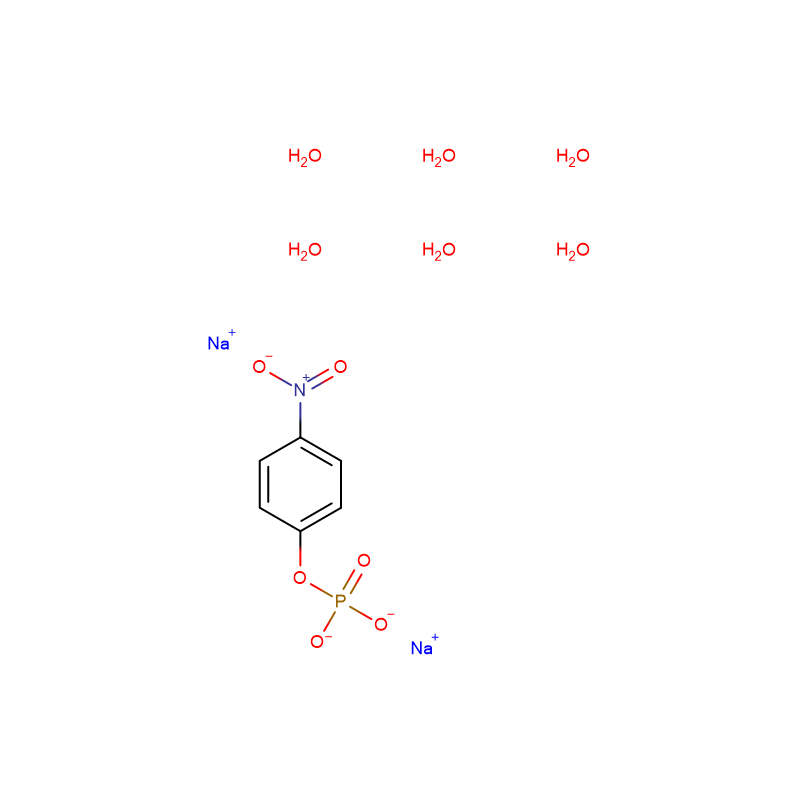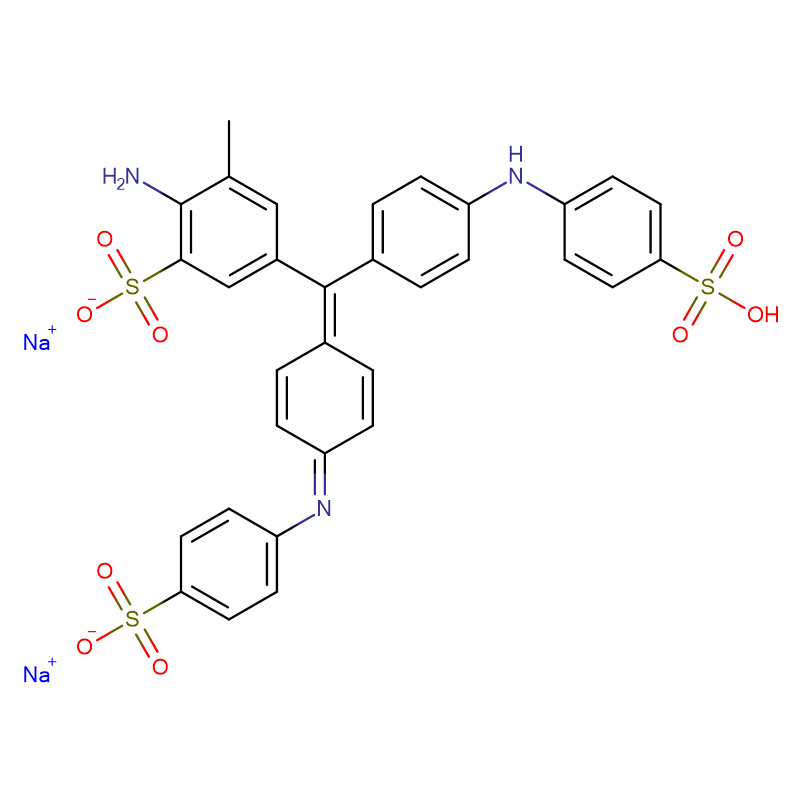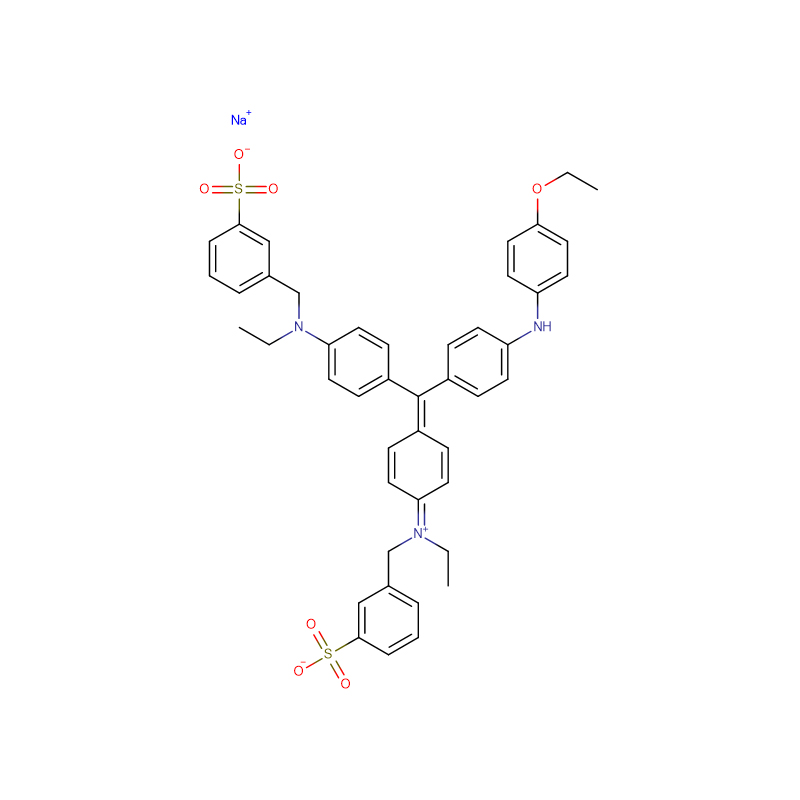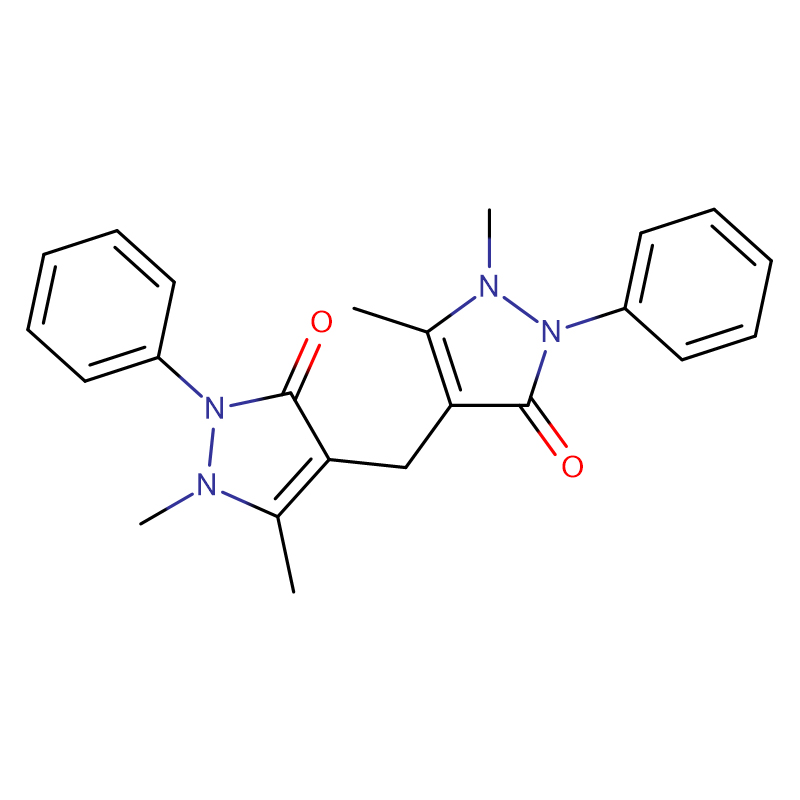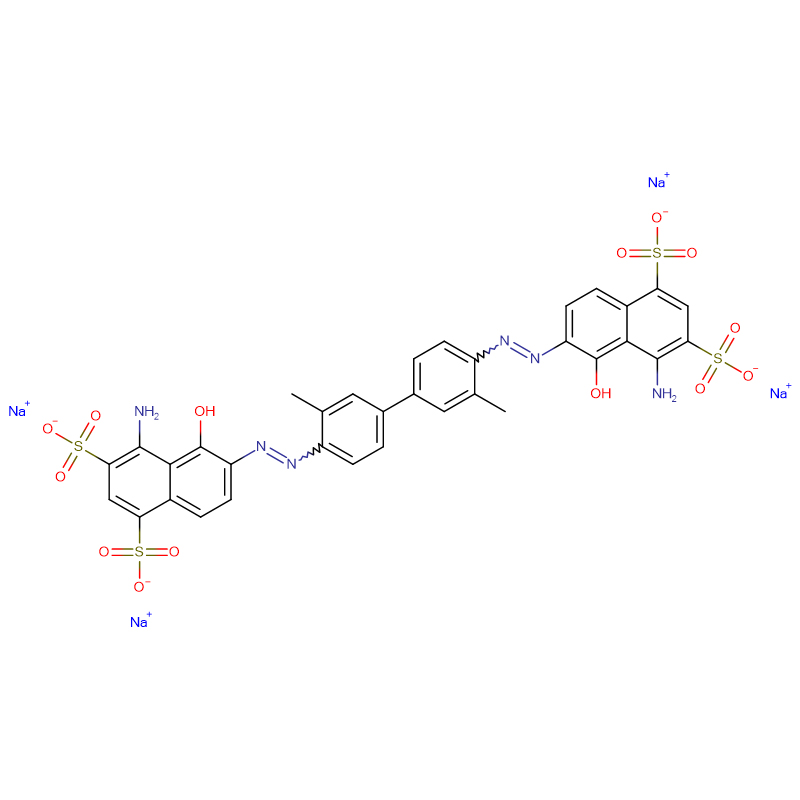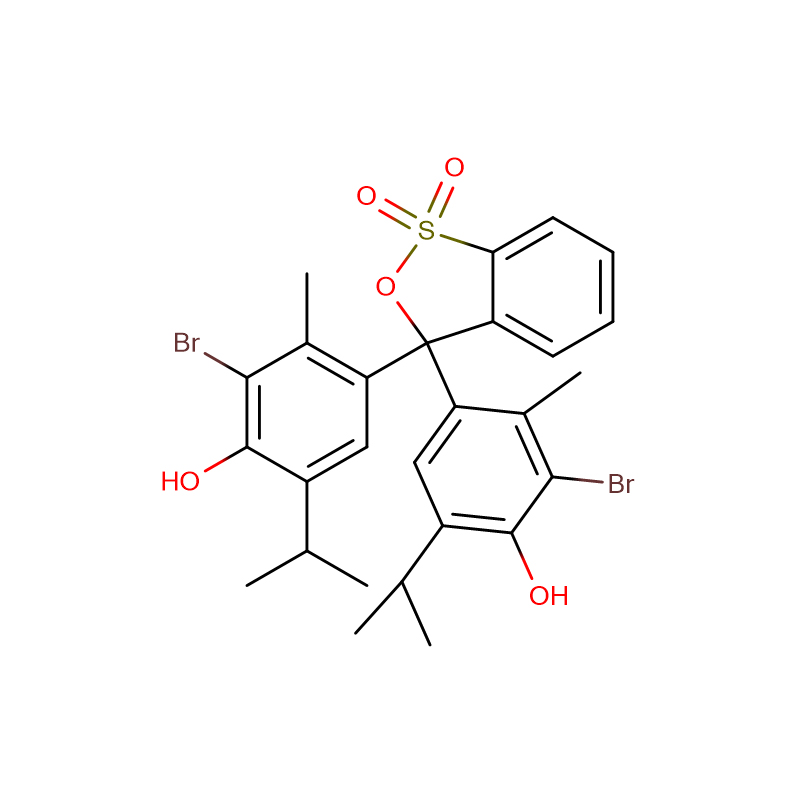4-Nitrophenyl phosphate disodium salt 6-hydrate CAS:333338-18-4 white to pale yellow powder
| Catalog Number | XD90511 |
| Product Name | 4-Nitrophenyl phosphate disodium salt 6-hydrate |
| CAS | 333338-18-4 |
| Molecular Formula | C6H16NNa2O12P |
| Molecular Weight | 371.142 |
| Storage Details | Ambient |
| Harmonized Tariff Code | 29199000 |
Product Specification
| Appearance | white to pale yellow |
| Assay | 99% |
Over 70% of low-grade gliomas carry a heterozygous R132H mutation in the gene coding for isocitrate dehydrogenase 1 (IDH1). This confers the enzyme with the novel ability to convert α-ketoglutarate to 2-hydroxyglutarate, ultimately leading to tumorigenesis. The major source of 2-hydroxyglutarate production is glutamine, which, in cancer, is also a source for tricarboxylic acid cycle (TCA) anaplerosis. An alternate source of anaplerosis is pyruvate flux via pyruvate carboxylase (PC), which is a common pathway in normal astrocytes. The goal of this study was to determine whether PC serves as a source of TCA anaplerosis in IDH1 mutant cells wherein glutamine is used for 2-hydroxyglutarate production.Immortalized normal human astrocytes engineered to express heterozygous mutant IDH1 or wild-type IDH1 were investigated. Flux of pyruvate via PC and via pyruvate dehydrogenase (PDH) was determined by using magnetic resonance spectroscopy to probe the labeling of [2-¹³C]glucose-derived ¹³C-labe led glutamate and glutamine. Activity assays, RT-PCR and western blotting were used to probe the expression and activity of relevant enzymes. The Cancer Genome Atlas (TCGA) data was analyzed to assess the expression of enzymes in human glioma samples.Compared to wild-type cells, mutant IDH1 cells significantly increased fractional flux through PC. This was associated with a significant increase in PC activity and expression. Concurrently, PDH activity significantly decreased, likely mediated by significantly increased inhibitory PDH phosphorylation by PDH kinase 3. Consistent with the observation in cells, analysis of TCGA data indicated a significant increase in PC expression in mutant IDH-expressing human glioma samples compared to wild-type IDH.Our findings suggest that changes in PC and PDH may be an important part of cellular adaptation to the IDH1 mutation and may serve as potential therapeutic targets.


